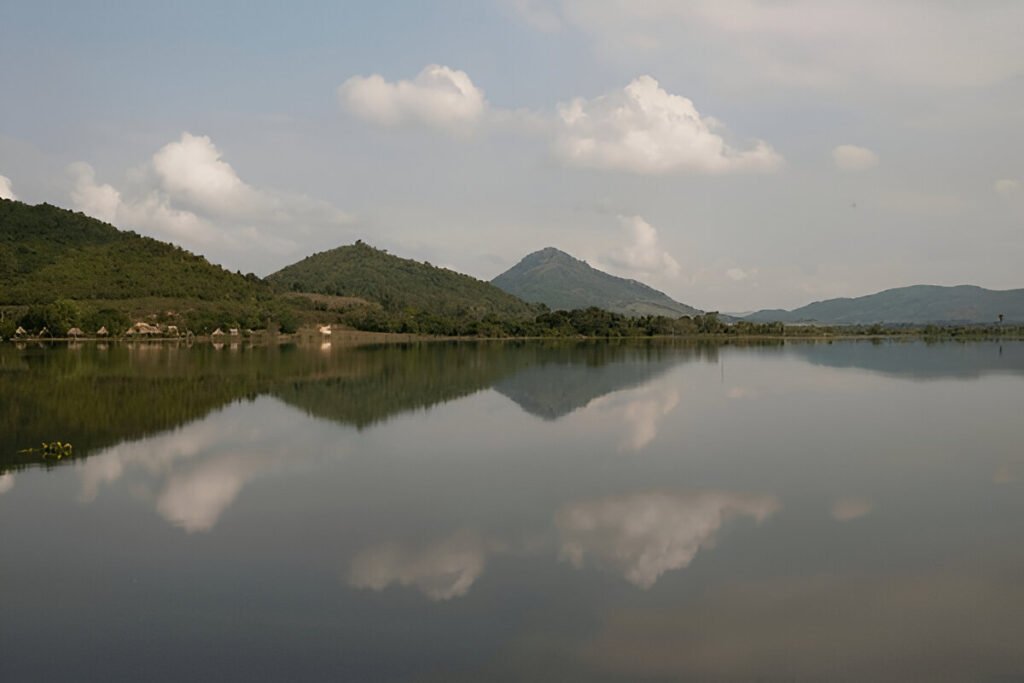Introduction:
Tucked away in the gentle plains of Ikaruga, Nara Prefecture, stands one of Japan’s most awe-inspiring architectural wonders, the Horyu-ji Temple. A UNESCO World Heritage site, it is a stunning testament to Japan’s rich cultural heritage and the genius of its ancient architects. Significantly, it’s not just the grandeur of the temple structure that captivates, but also its historical importance as one of the oldest surviving wooden structures in the world. A trip to Japan would indeed be incomplete without exploring this veritable treasure trove of history, culture, and architectural brilliance.
Delving into the Rich History of Horyu-ji Temple
The Horyu-ji Temple, founded in the early 7th century by Prince Shotoku, a pivotal figure in the introduction of Buddhism to Japan, has been a beacon of spiritual and cultural significance for many centuries. It was originally constructed in 607, but after being damaged by fire, it was rebuilt in 670. The temple complex is a sprawling ensemble of over 40 buildings, housing a vast array of cultural and national treasures. Its historical importance is unmatched, serving as a testament to the evolution of Buddhist architecture and art in Japan.
The temple is known for its remarkable collection of Buddhist art, including sculptures, paintings, and scriptures, many dating back to the temple’s early days. One of the most renowned pieces is the Yumedono Kannon, a life-size wooden statue of the goddess Kannon, kept in the Hall of Dreams. The statue is a brilliant example of the Asuka Period’s sculptural art and is only displayed to the public once every 60 years. The temple’s impressive five-story pagoda also captures the essence of Japan’s architectural genius from over a millennium ago.
The Timeless Architectural Marvel of Japan’s Oldest Wooden Structure
The architectural grandeur of the Horyu-ji Temple is something that demands to be admired. The entire complex is a harmonious blend of the architectural styles of the Asuka and Nara periods. The main hall, the Kondo, with its two-tiered, irimoya-style roof, is a stunning example of Asuka period architecture. Its robust, wooden structure has withstood the test of time, impressing many with its durability.
The jewel in the crown of this architectural marvel is the five-story pagoda, standing tall at 32.45 meters. It is a beautiful representation of the temple’s architectural prowess, showcasing the structural elegance and sophistication of ancient Japanese design. Remarkably, the pagoda’s design allows it to resist earthquakes, a feature that has undoubtedly contributed to its longevity.
Description of the Attraction:
Visiting the Horyu-ji Temple is akin to stepping back in time. As one strolls through the vast temple complex, the scent of the centuries-old cypress wood mingles with the subtle aroma of incense, creating a deeply calming atmosphere. The temple’s serene ambiance is punctuated by the gentle sounds of Buddhist chants, transporting visitors to an era of tranquility and spiritual exploration.
Things to Do:
Within the temple premises, visitors can explore the Gallery of Temple Treasures, which houses a vast collection of ancient Buddhist art. The Eastern Precinct, with its octagonal Yumedono Hall, offers a unique glimpse into the temple’s spiritual heritage. Additionally, visitors can attend the many festivals held at the temple throughout the year, such as the O-Bon Festival in August, where one can experience local Buddhist customs and traditions.
Local Tips:
The best time to visit the temple is during the fall, when the surrounding foliage turns fiery shades of gold and crimson, creating an enchanting backdrop for the ancient wooden structures. Visitors are advised to dress modestly, with shoulders and knees covered, in respect of the temple’s spiritual significance. As the temple complex is vast, comfortable footwear is recommended.
How to Get There:
The Horyu-ji Temple is easily accessible from major cities in Japan. From Tokyo, one can take the Shinkansen (bullet train) to Nara, which takes approximately 3 hours, followed by a local bus to the temple. Alternatively, guided tours are available from Osaka and Kyoto, which include transportation and English-speaking guides.
Nearby Attractions:
While in Ikaruga, visitors can also explore the Chugu-ji Temple, a quaint nunnery known for its exquisite statue of the Miroku Bosatsu. The Ikaruga Town Historical Cultural Heritage Center offers valuable insights into the region’s history and heritage.
Conclusion:
The Horyu-ji Temple is more than just an architectural marvel; it is a journey into Japan’s rich cultural tapestry. A visit to this age-old wooden marvel allows one to explore the profound depths of Japanese history and Buddhist tradition, leaving an indelible imprint on the heart and mind. Step into a world of tranquillity and timeless elegance at the Horyu-ji Temple – a testament to Japan’s enduring cultural and architectural legacy.






